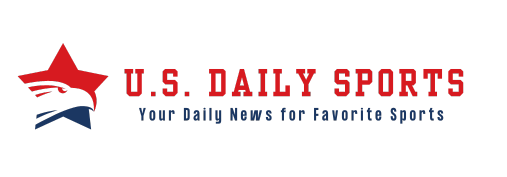Thoroughbred Aftercare Alliance introduced Nov. 18 that $4.14 million in grants will likely be awarded to 83 Thoroughbred aftercare organizations that presently maintain accreditation standing for 2024.
This monetary assist is designed to help organizations in delivering distinctive care and rehabilitation providers for retired racehorses. Since its inception in 2012, Thoroughbred Aftercare Alliance has seen important progress, increasing from 23 to 83 accredited organizations and growing its annual grants from $1 million to $4.14 million. In whole, Thoroughbred Aftercare Alliance has awarded over $36.04 million in grants–allocated particularly for equine care. These accredited organizations have efficiently retrained, retired, and rehomed roughly 18,500 Thoroughbreds throughout 175 amenities.
Receiving accreditation from Thoroughbred Aftercare Alliance is a notable recognition for organizations devoted to the care and well-being of retired racehorses. The achievement of accreditation signifies adherence to particular standards regarding horse welfare, facility care, and administration. It serves as a testomony to a corporation’s dedication to sustaining high-quality practices in each facet of equine administration, making certain that retired racehorses obtain distinctive therapy and care.
“Thoroughbred Aftercare Alliance is thrilled to announce grant awards to our 83 accredited organizations this yr,” stated Janice Towles, Director of Accreditation & Grants, Thoroughbred Aftercare Alliance. “The funding we offer is important for these organizations to proceed their unimaginable work and safety for retired Thoroughbred racehorses as they transition into second careers. We’re
extraordinarily pleased with every group’s dedication and diligence in supporting these horses, making certain they obtain the very best futures past the racetrack.”
Accredited organizations endure a complete software and inspection course of earlier than accreditation is awarded, to make sure they meet the Thoroughbred Aftercare Alliance Code of Requirements. The Code of Requirements covers 5 key areas: operations, schooling, horse well being care administration, facility requirements and providers, and adoption insurance policies and protocols. Inspections are carried out in any respect
amenities housing Thoroughbreds inside every group, and ongoing updates and re-inspections are required as a situation of accreditation.
Thoroughbred Aftercare Alliance is supported by members throughout all aspects of the Thoroughbred business, together with house owners, breeders, trainers, stallion farms, racetracks, gross sales corporations, horsemen’s teams, foundations, veterinarians, horseplayers, racing followers, and wagering expertise corporations.
Charitable donations from these diversified sources all year long collectively contribute to the funds allotted for grants awarded to Thoroughbred Aftercare Alliance-accredited organizations at year-end. These collaborative efforts spotlight the industrywide allegiance to the well-being and post-racing lives of Thoroughbreds, reinforcing Thoroughbred Aftercare Alliance’s mission.
“Thoroughbred Aftercare Alliance is grateful to proceed growing the entire grant quantity every year to assist accredited aftercare organizations. With a brand new document of over $4 million in grants awarded this yr for the primary time, it underscores our dedication to long-term equine welfare,” stated Stacie Clark- Rogers, Operations Marketing consultant, Thoroughbred Aftercare Alliance. “We lengthen our honest gratitude to the donors who go above and past the minimal giving ranges. These beneficiant contributions have made it doable to fulfill our annual funding targets, serving to much more retired Thoroughbreds discover the secure, fulfilling futures they deserve. As we transfer ahead, it’s important that we proceed to obtain assist so we will preserve and broaden these efforts, making certain that we might help much more horses in want.”
This press launch has not been edited by BloodHorse. If there are any questions please contact the group that produced the discharge.






